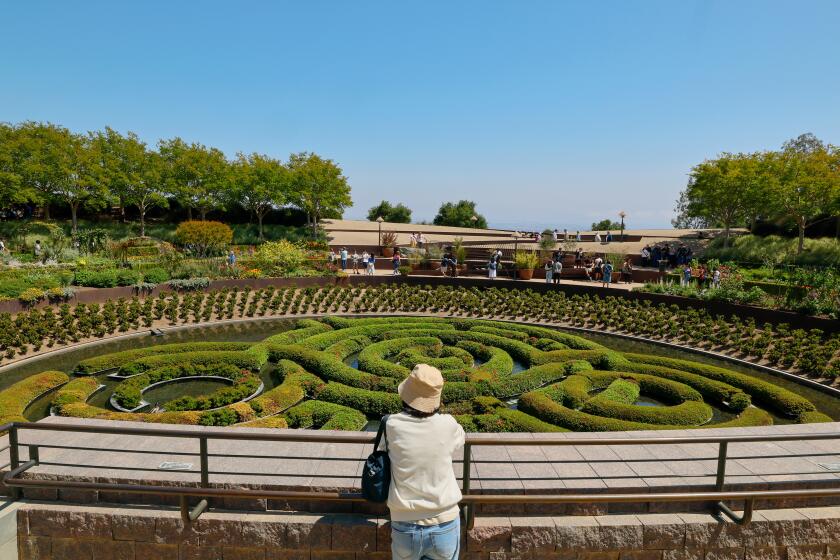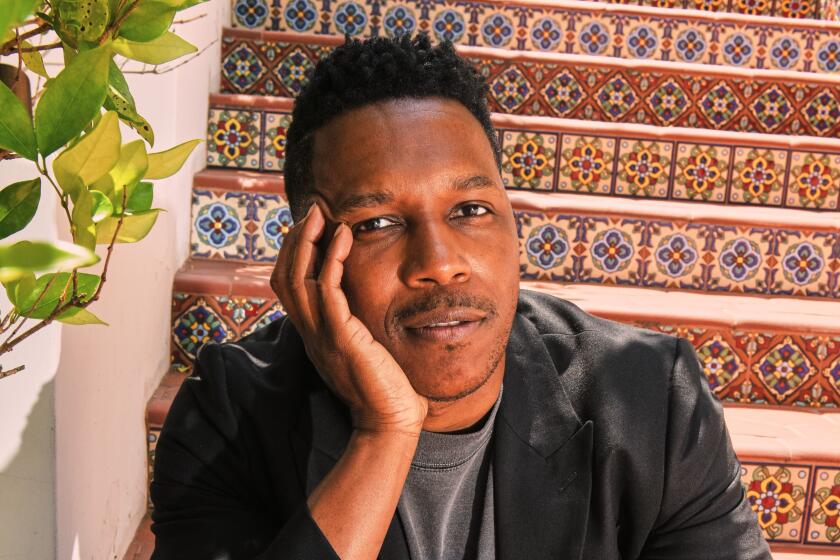Prime Shostakovich Pianism From Tatiana Nikolayeva
The near-death of the recital and the laziness of the few big-name pianists who remain viable recitalists--have contributed to keeping the solo keyboard music of Dmitri Shostakovich among the better-kept musical secrets of our time.
More than a few musicians and critics have been stunned by hearing recordings in recent months of one of the most important piano works of the century, Shostakovich’s Bach-inspired 24 Preludes and Fugues--arriving not once but twice from pianist Tatiana Nikolayeva, for whom they were written slightly more than 40 years ago.
The period of their composition was one of the darkest in modern artistic history, two years after the notorious “Zhdanov decree” condemning the “anti-democratic formalistic tendencies” of the then-Soviet Union’s leading composers.
One of Shostakovich’s responses to such criticism was to turn inward, writing music for intimate or private performance. This music is not, however, related to the musical agonizing that the composer indulged in during his final years. There’s the immediacy of life, rather than ponderous intimations of death, in the Preludes and Fugues.
What quickly becomes apparent when hearing this vast score is the emotional and textural variety Shostakovich is able to wring from a seemingly restrictive form. Formal order and the white heat of inspiration coexist here.
Banish any thought of listening to the whole thing at a sitting--there’s 2 3/4 hours of it. Take it a quarter-hour at a time, starting perhaps with the sprightly and very brief No. 2 in A minor (a ripplingly Bachian Prelude followed by a fugal polka of purest Shostakovichian snottiness) and the work’s final D-minor segment, as noble a creation for the solo piano as this century has given us.
It would be foolish to attempt a description of Nikolayeva’s probing, vital artistry. Hers is quite simply what piano playing--indeed all re-creative artistry--should be all about. She is the music.
Detailed comparisons between the pianist’s two almost identical interpretations, which appeared here within weeks of each other last year, are unnecessary. That recorded in 1987 (Melodiya 10-00073/5, three CDs) is superseded by its 1991 successor (Hyperion 6641/43, three CDs) through the latter’s marginally more incisive recording and far better annotations.
The 24 Preludes (without fugues) of 1932 look, superficially, to Chopin for their inspiration. But one wonders if anyone would notice were they otherwise titled. While they are more spare and concentrated (the whole cycle takes only half an hour to play) than the Preludes and Fugues, the earlier pieces similarly stretch the given tonalities to their limits.
Two competing but similar and unexceptionable versions have arrived, from two young Finnish pianists--Olli Mustonen and Folke Grasbeck. Both executants are equipped with the wit, fingers and coloristic command to project the music’s brilliance and quirky lyricism.
Mustonen couples his Shostakovich Preludes to the similarly titled miniatures of the 19th-Century French eccentric Charles-Valentin Alkan (London 433 055). Grasbeck’s interpretation is part of a Shostakovich program that also includes his deliriously dashing performance of the First Piano Concerto--written immediately after the Preludes--in collaboration with Aki Valimaki, who breezes through the lip-cracking trumpet obbligato, and the excellent Minsk Chamber Orchestra under Vitaly Katajev.
As a generous bonus, the Minskers offer the Chamber Symphony, Opus 110b, the string orchestra version of the Eighth String Quartet--not, however, in Rudolf Barshai’s familiar transcription but one by Yury Tsiryuk, which eliminates the solo passages of Barshai’s edition (Bluebell 039).
Beside Grasbeck-Katajev, British pianist Martin Jones and conductor William Boughton, who leads the English Symphony Orchestra, offer proficient, respectable playing--hardly what one wants in music that is touched with inspired madness. The Brits are likewise underpowered in the less frequently encountered, no less enjoyable Second Concerto--particularly when compared to the display by Leonard Bernstein, in finest extrovert fettle as both soloist and conductor of the New York Philharmonic, in his reissued 1958 recording.
The latter is part of a knockout Shostakovich program that also includes the rousing collaboration of pianist Andre Previn, conductor Bernstein and trumpeter William Vacchiano in the First Piano Concerto and the thunderous premiere recording (1960) of the First Cello Concerto with soloist Mstislav Rostropovich and Eugene Ormandy conducting the Philadelphia Orchestra. It’s all on one of those inexpensive but sometimes hard to find Masterworks Portrait imports from Sony/CBS (44850).
More to Read
The biggest entertainment stories
Get our big stories about Hollywood, film, television, music, arts, culture and more right in your inbox as soon as they publish.
You may occasionally receive promotional content from the Los Angeles Times.






